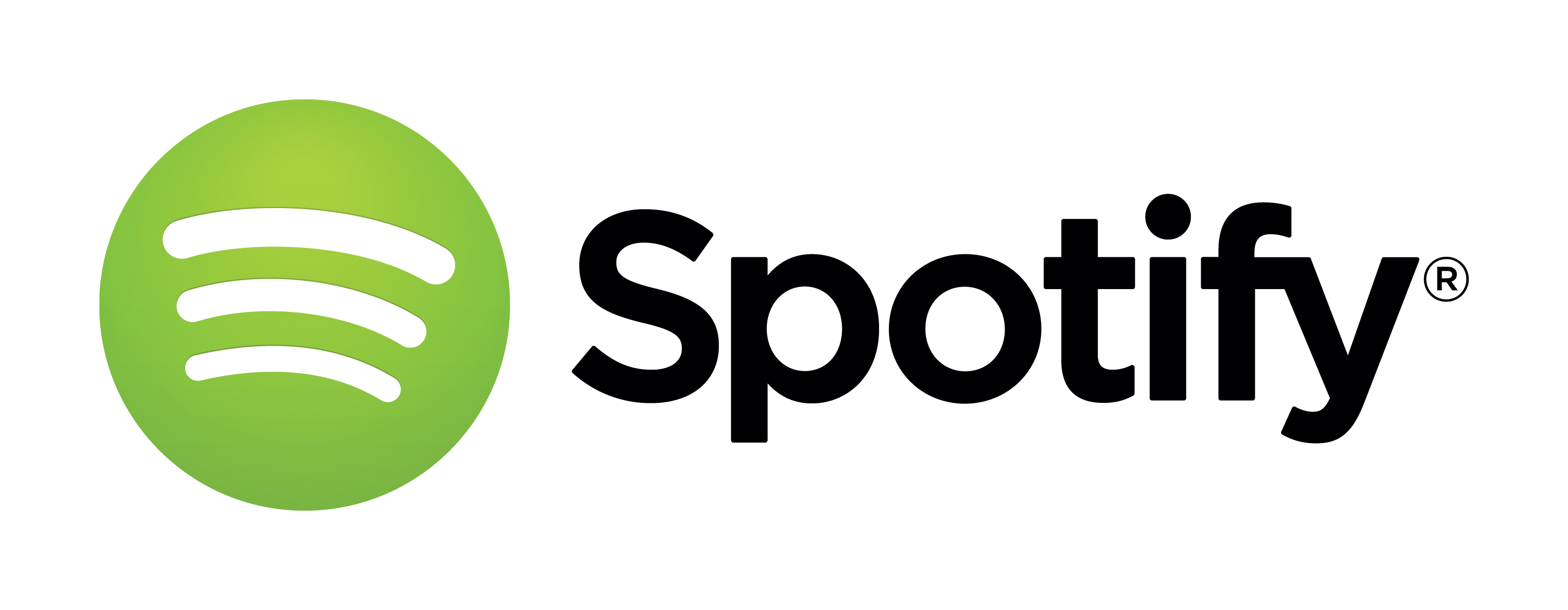In just 11 years Spotify has gone from a small startup to a worldwide brand servicing over 100 million music listeners. For those avid music lovers, it may seem hard to remember a time when there was limited to no access to free music, but it was not all too long ago.
Spotify was born from humble beginnings and yet noble goals.
Daniel Ek and Martin Lorentzon conceived of “Spotify” in Stockholm, Sweden, which was home to many piracy services.
“In Sweden we are known for the piracy services,” Ek said in an ABC News/Yahoo! News Newsmakers interview. “I decided I wanted to create a product that was better than piracy.”
By the spring of 2007 Ek and Lorentzon released the first public beta, and by the fall of 2008 Spotify launched in Europe. By 2011 Spotify had racked up 1 million subscribers and had integrated with Facebook. In 2013 their subscriber base grew to 24 million. In 2016 Spotify announced that 100 million people around the world use their music streaming services.
Despite their rapid rise and continual adjustments as they grow, one thing has remained constant for Spotify: a focus on serving their users.
Spotify has upheld the same motto since their start: “Music for everyone.” It is their mission to get music in people’s ears through any possible medium at any moment they need it. They truly strive to provide the soundtrack of every user’s life. And the fulcrum of this effort lies in their customer service team.
Spotify offers four different ways for users to get support. Users can access commonly asked questions on the “Help” section of their website. Users can tap into a community of “expert users.” Users can also contact Spotify customer support directly.
But where Spotify really embodies a seek to serve culture is within @SpotifyCares social help platform.
If a user has a question for Spotify, the brand answers in a way that speaks to their users — with a song. So if a user runs into a bug or has a question, they can tweet to @SpotifyCares Twitter handle and receive a personalized playlist that solves the issue.
“We’ve formed our own culture to use music to make customers happy,” Spotify’s chief business officer Jeff Levick told Huffington Post. “We are very heavy in the 18-to-34 demographic. We like to think that we speak their language.”
For example, one Spotify user jokingly tweeted to @SpotifyCares about a spelling error he found in an email from them. @SpotifyCares quickly replied with a thank you playlist that had a hidden message in the titles of each song.
“Hey Steve, Hmm, Tantalising, We Would, Like, To, Apologise, For The Impromptu, English, UK, Lesson, We Were, Just, Trying To, Bring, A Little, Colour, To, Your Day, Shout, If, There’s, Anything Else, I’m Off, To, Catch, An, Aeroplane.”
“We try to look for ways to put that special smile on customers’ faces,” Spotify’s VP of Global Customer Service and Social Media, Chug Abramowitz, said. “We try to do things from within our product that accomplish that.”
@SpotifyCares has exemplified the usefulness of the immediacy and versatility of Twitter as a channel to provide exceptional customer service. Their dedication to keeping a finger on the pulse of their users is the best indicator that they seek to serve. It takes more than just a great idea to grow like Spotify has, it takes great people too.
Sources:
